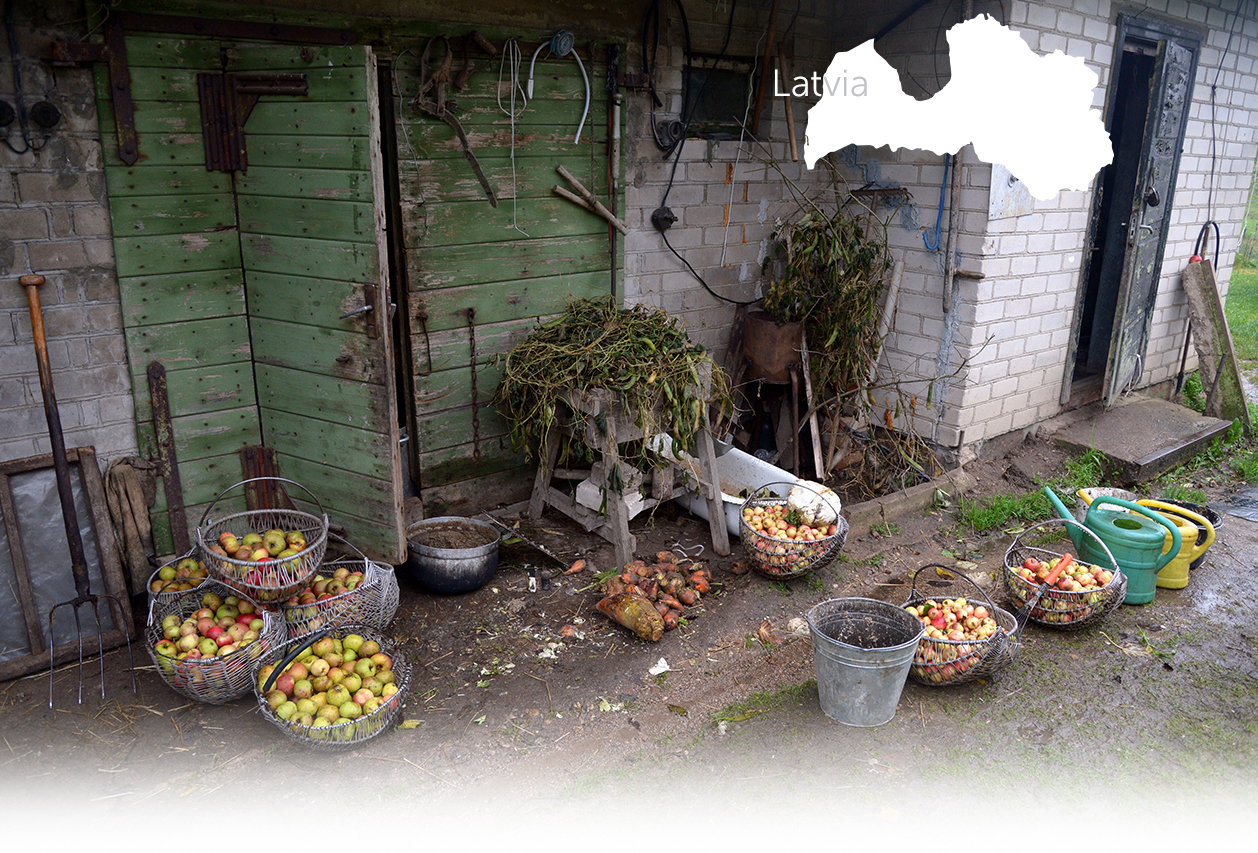

1 Sitio(s) de ejecución
Lilija, I., born in 1934: “YIU: Did you see the Jews being taken away?
W: I didn’t see it, but my father did. He was coming back from Liepaja by cart and he saw a group of Jews being taking towards the beach. They were all walking on foot, but some adults were carrying children. It was clear that they were being taken to the dunes to be shot. Later, during the night, we heard gunfire.
YIU: Did you hear isolated gunshots or were they automatic rattles?
W: They were automatic.” (Witness n°48Lv, interviewed in Zvaigznes, on October 3, 2019)
“From August 1942, I personally participated in the executions of Soviet citizens in the vicinity of Šķēde, on the coast of the Baltic Sea, located about 10 km from Libava (Liepaja). The first time, I was as a guard during the transportation of the arrested people by truck to Skede to be shot. In August 1942, I carried out the shooting of Soviet citizens several times. After taking them by truck, they were unloaded 200 meters from the place of execution, stripped down to their underwear and taken to the execution in groups of 8-10 people. Chief SD policeman S., Lieutenant R., Chief of Police K. took them, one by one, to the pit and lined them up on the edge of it with their backs to the shooters. On K.'s orders, I, Karlis B., Robert K., Roudolf K., Janis E., Karlis R. and Karlis P. opened fire and shot them with automatic weapons. All of them were thrown into the pit. Then I and the above-mentioned people filled it in. On that day when I participated in the execution, the pits, 8m long, 3m wide and 2m deep were dug. In my presence, 42 people were shot. [...]” [Deposition of an SD police member, born in 1920, Karlis I.; GARF 7021-93-2419, pp. 112-116.]
“Right before Christmas 1941, the Jews suddenly didn’t come to work anymore. I heard that they had been permitted to leave their houses, because they were to be registered again. A few days later, I saw columns of Jews in the city, carrying their belongings. I also saw children and old people being transported on trucks. They were guarded by the Latvian police. It was told that the Jews would be put into a camp. But it became clear that the Jews were taken to the northern area of the war harbor and shot there. It was said that the Latvian police, under the supervision of an SD-unit which came from Poland, carried out the shootings. (…) It was told that about 4.000 men, women, elderly people and children were shot. The victims had to undress and their clothes were collected. As far as I can remember, the clothes were taken to the same building where the depot for clothes of the navy was. (…) The Jews who were still living in Libau were put into a ghetto in the town. Jews form other regions were also interned in this ghetto. (…) I can remember that shortly after the shootings in Libau, several barrels with chlorid from the navy depot were ordered. It was put into the ditches where the Jews had been shot.” [Interrogation of Carl M., Source: B162-2626 RG-14.101M.0343.00000486 Bl. 1281]
Šķēde is a suburban settlement located 13 km (8mi) north of Liepāja. There is no information on whether the Jews lived there before the war. A big Jewish community that largely developed in the 19th century lived in Liepāja. Jews worked predominantly in commerce and industry. The city’s Jewish population reached its zenith in 1911, consisting of 10,308 people. In 1935, 7,379 Jews lived in Liepāja, making up 13% of the population. Five years later, in 1940, the Soviet Union occupied Liepāja and the rest of Latvia.
Šķēde and Liepāja were occupied by Nazi troops on June 29, 1941. The Šķēde dunes became a site of the largest Aktion against the Liepāja Jews. The first shooting of Jews in the Šķēde dunes took place in September 1941, during which a couple of hundred persons were shot. The largest Aktion occurred in December 1941, when, over the course of three days, the majority of Liepāja Jews were murdered. During these three days, about 2,700 Jews were rounded up from their homes by Latvian police, taken to the prison and driven to the Šķēde dunes to be shot. The shootings were conducted by Einsatzgruppen, the SD units, and the Ordnungspolizei.
In February 1942 approximately 150 more Jews were shot in the Šķēde dunes. The isolated shootings continued until 1945. Roma, communists, and mentally ill people were also murdered in Šķēde. In all, according to the www.liepajajews.org website, 7,000 victims were massacred there, including 3,640 Jews.
¿Tiene información adicional con respecto a un pueblo que le gustaría compartir con Yahad?
Por favor contáctenos a contact@yahadinunum.org
o llamando a Yahad – In Unum at +33 (0) 1 53 20 13 17